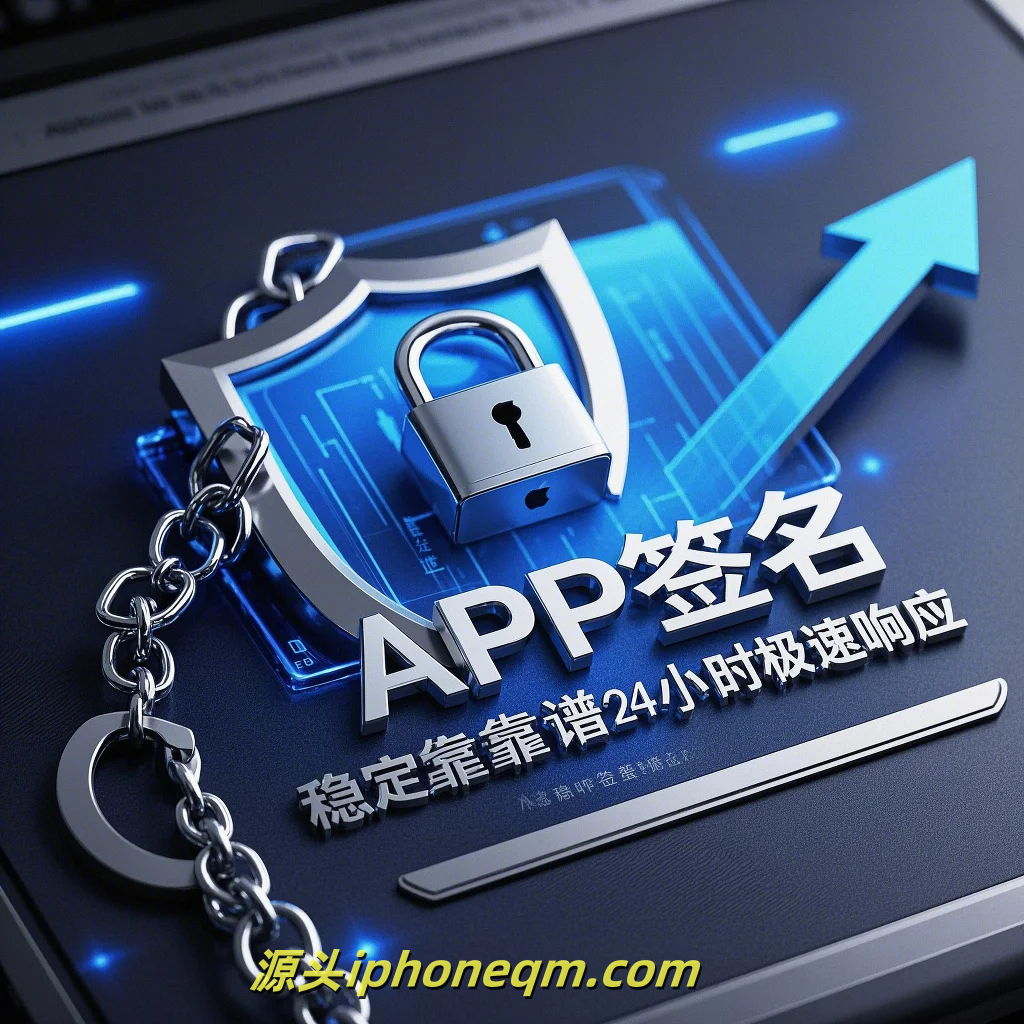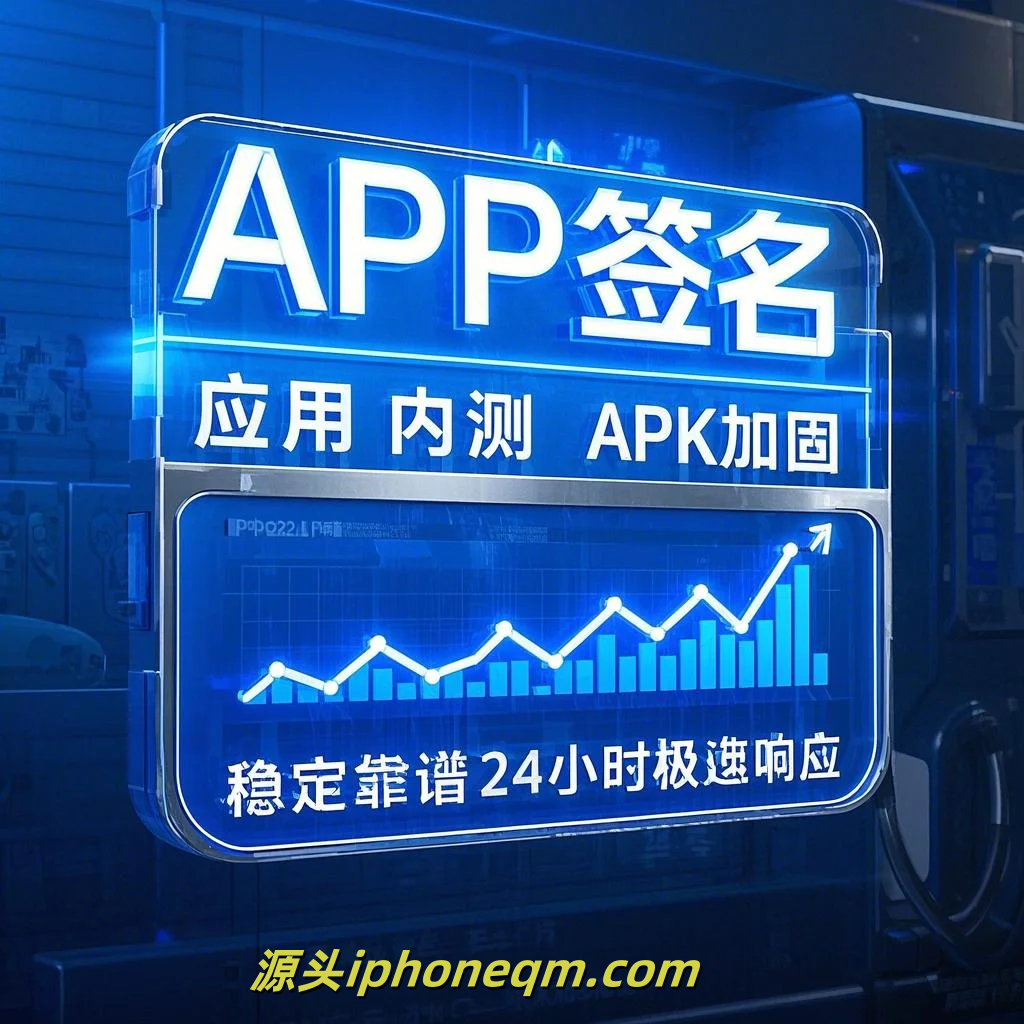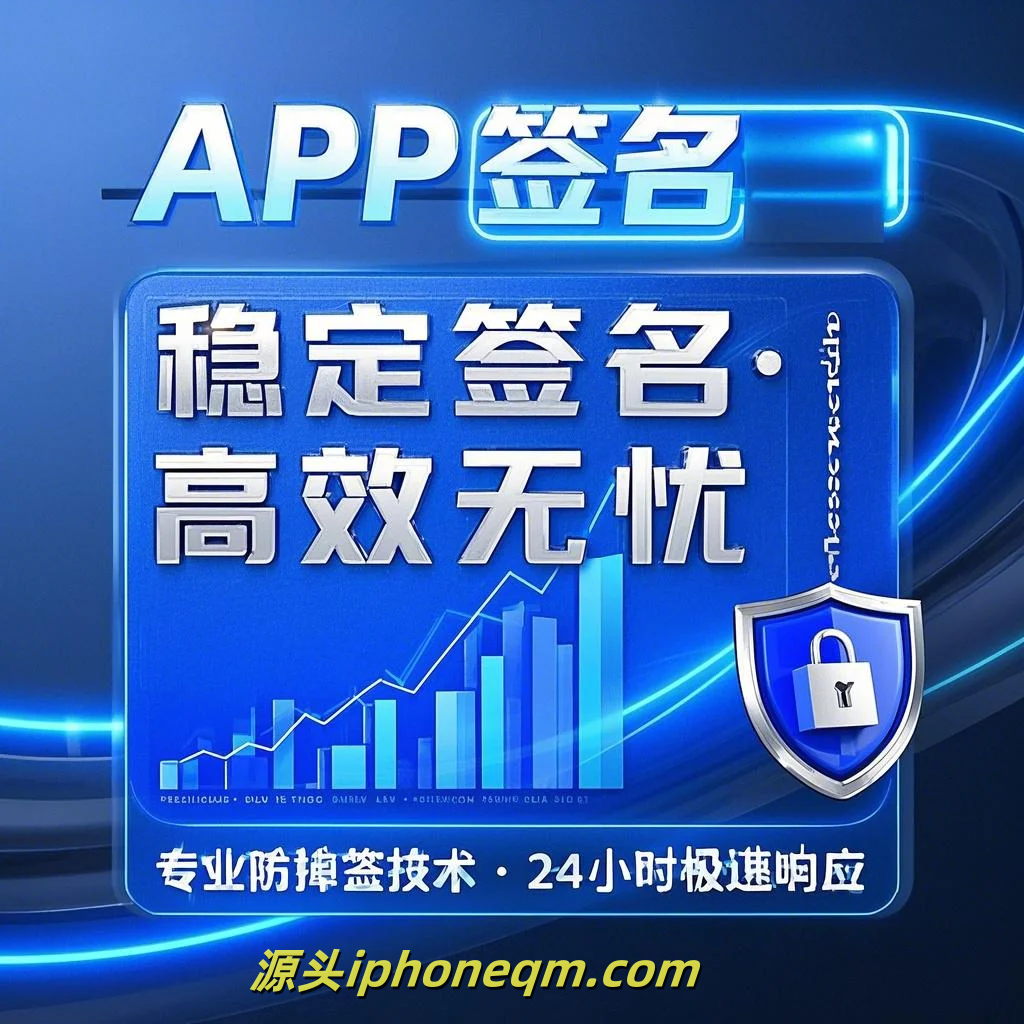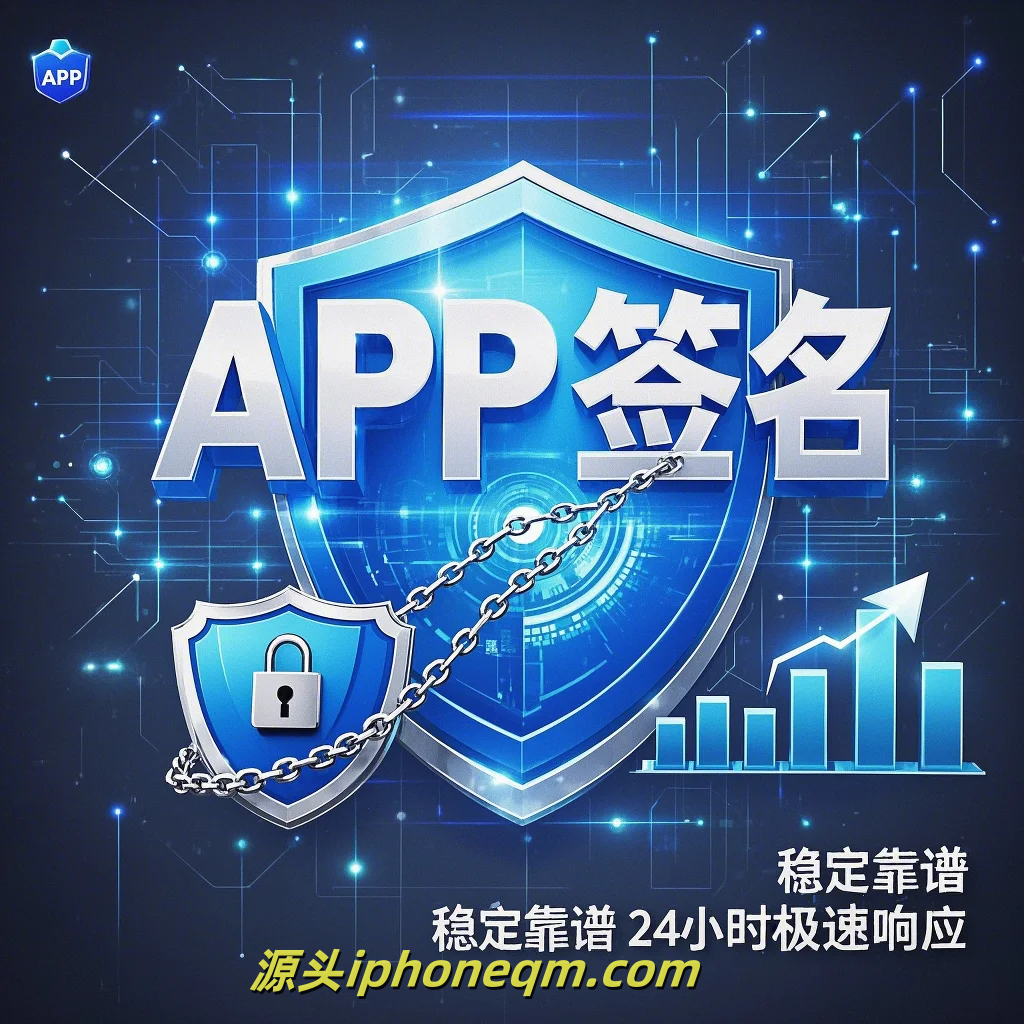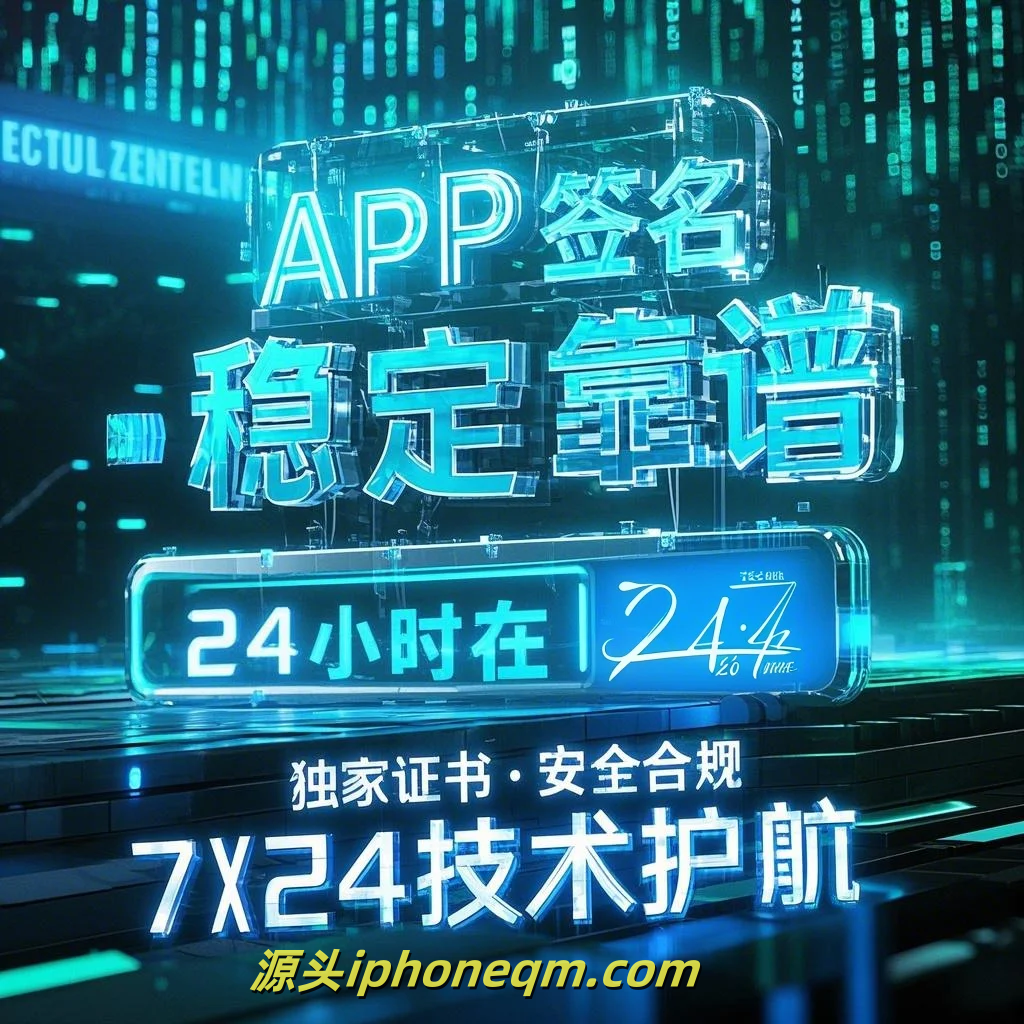Understanding the Technical Aspects of iOS Signing
In the ever-evolving world of mobile application development, Apple's iOS platform stands out with its stringent security measures. One of the crucial components of this security framework is the iOS signing process. In this article, we will delve into the technical aspects of iOS signing, aiming to provide a deeper understanding for developers and enthusiasts alike.
At its core, iOS signing is a security mechanism that ensures only authorized applications can run on iOS devices. This process involves the use of digital certificates and provisioning profiles, which play a pivotal role in maintaining the integrity and security of apps distributed through the App Store or installed directly on devices.

The process begins with obtaining a digital certificate from Apple. This certificate acts like a digital passport for developers, verifying their identity and ensuring their applications are legitimate. To acquire this certificate, developers must enroll in the Apple Developer Program, which requires a fee and adherence to Apple’s guidelines.
Once the certificate is obtained, developers need to create a provisioning profile. This profile links the app with specific devices, defines its capabilities, and specifies the app’s distribution method, whether it’s through the App Store or for internal company use. Provisioning profiles come in different types, including development, ad-hoc, and distribution profiles. Each serves a distinct purpose, with development profiles allowing apps to run on test devices during the development phase and distribution profiles needed for submission to the App Store.
The signing of an app occurs during the build process. When developers compile their app using Xcode, the integrated development environment (IDE) automatically signs the app with the specified certificate and provisioning profile. This step integrates a unique signature into the app bundle, ensuring that the app hasn’t been tampered with since it was signed.
One key technical aspect to understand is the difference between the various types of signing. Development signing is used for debugging and testing apps on devices, enabling developers to run their applications directly from Xcode. In contrast, distribution signing is necessary for submitting apps to the App Store. This process includes additional checks and balances to ensure that the app meets Apple’s stringent review guidelines.
Another important consideration is the expiry of certificates and provisioning profiles. Apple’s digital certificates have a validity period, typically one or two years. As these certificates expire, developers must renew them to continue building and signing their apps. Similarly, provisioning profiles may also need updates, especially when adding new devices or modifying app capabilities.
The consequences of improper signing are significant. An unsigned app, or one that is improperly signed, will fail to install on iOS devices, resulting in a poor user experience. Additionally, apps that do not comply with Apple’s signing requirements may face rejection during the App Store review process, which can delay release timelines and cause frustration for developers.
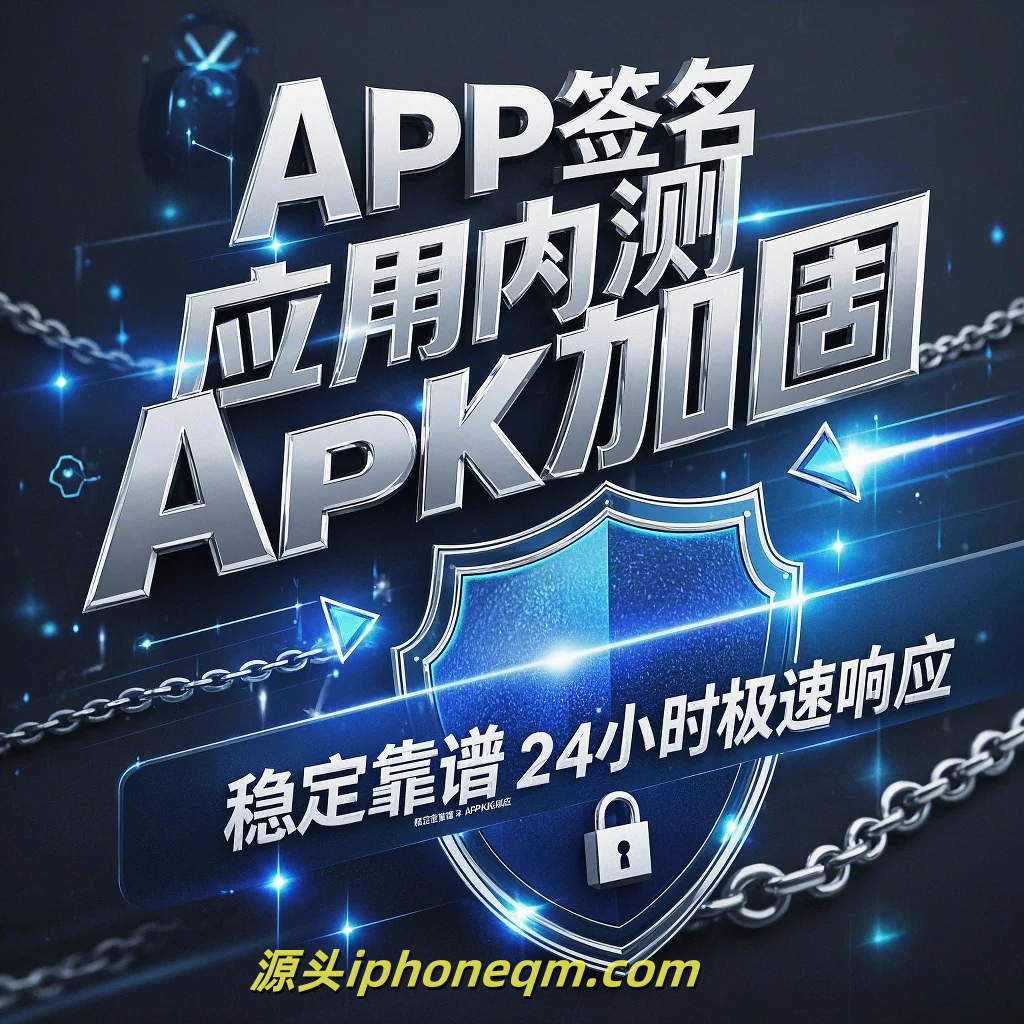
In summary, understanding the technical aspects of iOS signing is essential for successful app development. It ensures that applications are deployed securely and remain untampered throughout their lifecycle. By navigating the intricacies of digital certificates and provisioning profiles, developers can not only enhance their productivity but also ensure compliance with Apple’s rigorous security standards. As a result, the signing process is not just a technical necessity; it is a foundational aspect of maintaining trust and integrity in the iOS app ecosystem.
扫描二维码推送至手机访问。
版权声明:本文由MDM苹果签名,IPA签名,苹果企业签名,苹果超级签,ios企业签名,iphoneqm.com发布,如需转载请注明出处。

